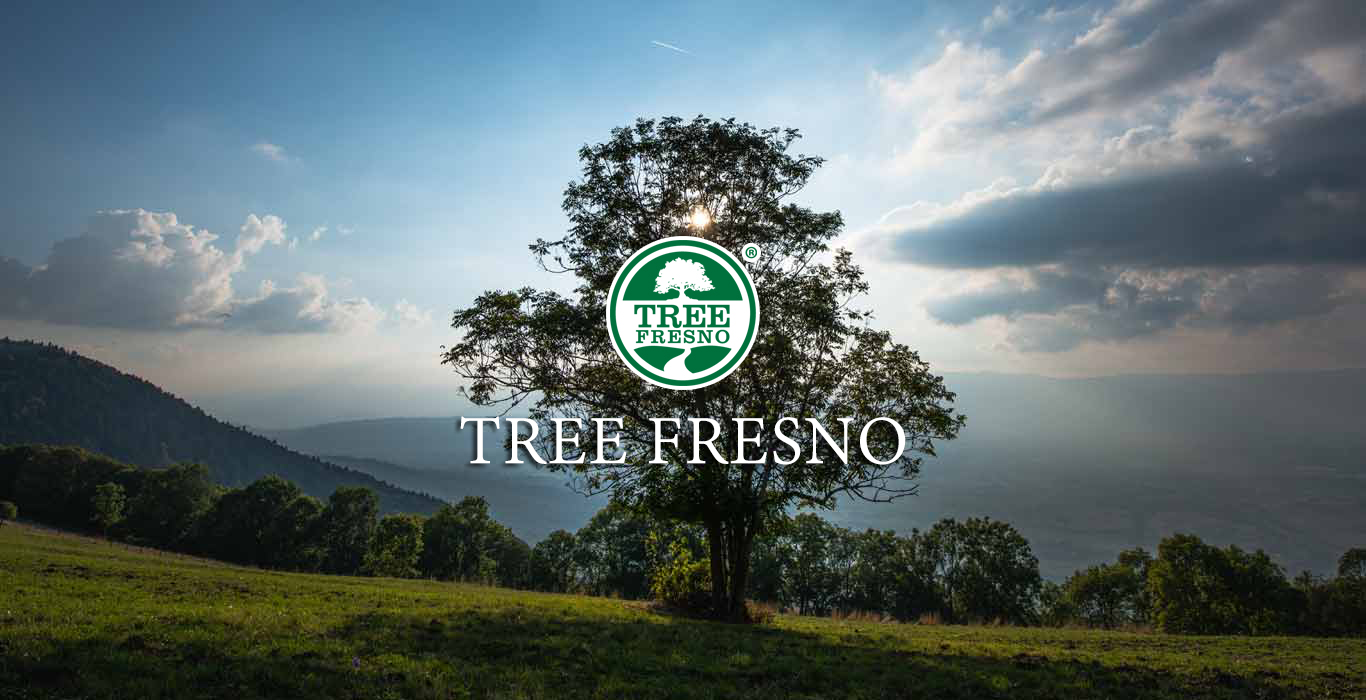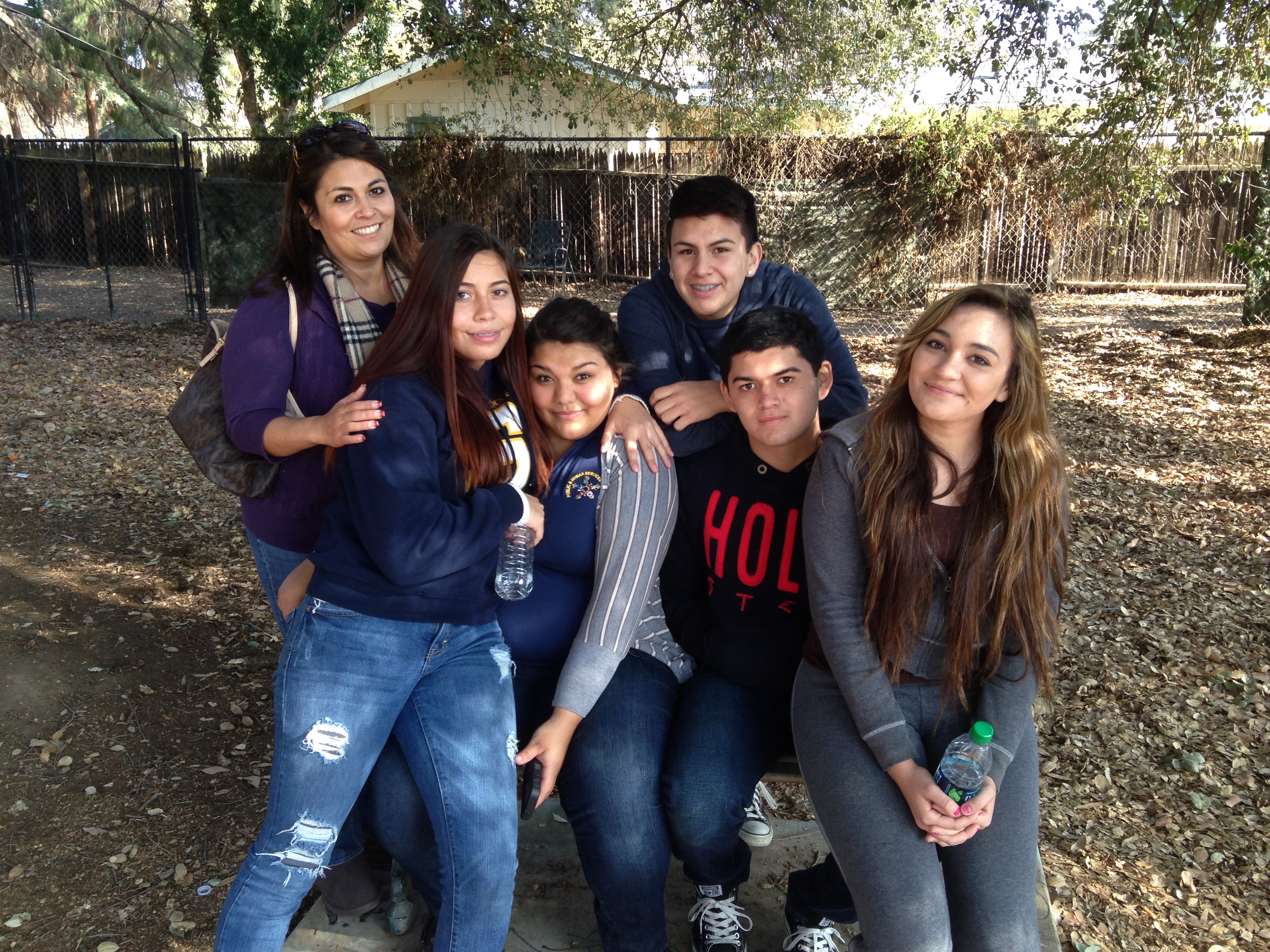Lorem ipsum dolor sit amet, consetetur sadipscing elitr, sed diam nonumy eirmod tempor invidunt ut labore et dolore magna aliquyam erat, sed diam voluptua. At vero eos et accusam et justo duo dolores et ea rebum. Stet clita kasd gubergren, no sea takimata sanctus est Lorem ipsum dolor sit amet. Lorem ipsum dolor sit amet, consetetur sadipscing elitr, sed diam nonumy eirmod tempor invidunt ut labore et dolore magna aliquyam erat, sed diam voluptua. At vero eos et accusam et justo duo dolores et ea rebum…
Category: Uncategorized
No sea takimata sanctus est
Lorem ipsum dolor sit amet, consetetur sadipscing elitr, sed diam nonumy eirmod tempor invidunt ut labore et dolore magna aliquyam erat, sed diam voluptua. At vero eos et accusam et justo duo dolores et ea rebum. Stet clita kasd gubergren, no sea takimata sanctus est Lorem ipsum dolor sit amet. Lorem ipsum dolor sit amet, consetetur sadipscing elitr, sed diam nonumy eirmod tempor invidunt ut labore et dolore magna aliquyam erat, sed diam voluptua. At vero eos et accusam et justo duo dolores et ea rebum…
No sea takimata sanctus est
Lorem ipsum dolor sit amet, consetetur sadipscing elitr, sed diam nonumy eirmod tempor invidunt ut labore et dolore magna aliquyam erat, sed diam voluptua. At vero eos et accusam et justo duo dolores et ea rebum. Stet clita kasd gubergren, no sea takimata sanctus est Lorem ipsum dolor sit amet. Lorem ipsum dolor sit amet, consetetur sadipscing elitr, sed diam nonumy eirmod tempor invidunt ut labore et dolore magna aliquyam erat, sed diam voluptua. At vero eos et accusam et justo duo dolores et ea rebum…
New air standard for the Valley: Say goodbye to your gasoline-burning car
Fresno Bee – By Mark Grossi
• 99: The number of San Joaquin Valley ozone violations, the most in the country last year.
• 2035: The cleanup deadline for the proposed new eight-hour ozone standard.
• 2023, 2031: The deadlines for two previous eight-hour standards.
• 85% plus: The Valley reduction of oxides of nitrogen needed to make a new standard.
———
The San Joaquin Valley has the most federal ozone violations in the country over the last 15 years. The region’s only ozone triumph is achieving an ozone standard that dates back to the 1970s. And that isn’t official yet.
But the future may hold an even bigger struggle as the U.S. Environmental Protection Agency prepares a new ozone standard this year that will challenge even some of the cleaner air basins across the country.
For the Valley, it will mean eliminating most fossil-fuel burning vehicles — cars, big-rig trucks, buses — in two decades. The Valley will have to electrify or go to other alternative fuels for everything from tractors to trains, just to have a chance.
“Banning fossil-fuel combustion is not going to happen overnight,” said Seyed Sadredin, executive director of the San Joaquin Valley Air Pollution Control District. “But it will take a huge commitment.”
It is the most dramatic turn for ozone regulation in the Valley, which ranks alongside the South Coast Air Basin as the nation’s most polluted places. Both areas have made cleanup strides, but neither is even close to meeting the more lenient 1997 or 2008 ozone standards.
If the 2008 standard were applied over the last 15 years, the Valley would have had more than 1,800 violations and South Coast 1,705, according to the California Air Resources Board.
The EPA now is proposing to lower the 2008 eight-hour federal ozone threshold from 75 parts per billion to somewhere between 65 and 70 parts per billion. Last year, the Valley breached the 2008 standard 99 times, the most in the nation.
The ozone standard is reviewed every five years and often updated to protect the public, based on latest research. Typically, lawsuits and delays follow. Activists dwell on health issues, and industries worry that tighter standards will harm business.
When the EPA held a hearing in Sacramento last week about the proposed change, the American Forest & Paper Association opposed it. In a statement, Donna Harman, association president and chief executive officer, said voluntary actions by businesses are improving air quality.
“We are concerned that EPA is headed down the path of imposing another costly, more stringent limit that would have a negligible impact on overall air quality,” she said in a statement. “Our mills are in rural areas and offer among the highest-paying jobs in their communities.”
On the other side, activist Rosanna Esparza of Kern County supported the tighter standard, saying children are suffering the most.
“We know that dirty air is altering their genetics and immune systems into adulthood, leaving over 28% of the youth population with asthma today,” she said in a statement. “For us, smog is standing in the way of having a long, fulfilling life in the Central Valley.”
Tenacious problem
Beyond the arguments, ozone remains a tenacious problem in the Valley, which is a natural incubator for the corrosive gas. Ozone forms in heat and sunlight, combining oxides of nitrogen from fuel combustion and reactive organic gases from paint, gasoline and dairies.
With its bowl shape and stagnant weather, the Valley has low tolerance for pollution — it takes far fewer emissions to create a problem here compared to Los Angeles or the Bay Area, where the air basins benefit from ocean breezes.
Sadredin said he sees hope because the Valley has improved. He said the region has finally achieved the old one-hour ozone standard, dating back to the late 1970s, though the district is still discussing official approval with the EPA.
But he worries that federal officials are not giving the Valley enough time for a new standard. It will be 2023 before the Valley achieves the 1997 ozone standard, and 2031 for the 2008, he said.
The proposed new standard, which could be made final in October, would probably set a 2035 deadline, Sadredin said. To meet the standard, the Valley would have to eliminate more than 85% of a key ozone-making gas, called oxides of nitrogen. The gas is created by combustion, such as vehicle engines, fires and industrial boilers.
If fossil-fuel combustion is shut down, alternative energy, such as hydrogen, will have to be established quickly.
“We have no problem with EPA setting a tougher standard, based on science,” Sadredin said.”But we need to be more realistic about the time it will take in the San Joaquin Valley.”
Kern County farmer Tom Frantz, an air quality activist, disagrees. He said the district needs to get tougher on ozone.
“We can do this,” he said. “California has a goal for greenhouse gas levels 80% below 1990 levels by 2050. We’re going to electrify to reach that goal. We need to do this for our health.”
Ozone damages lungs, skin and eyes. It triggers lung problems, such as asthma and bronchitis, as well as heart disease.
A 2008 study by economics professor Jane Hall of California State University, Fullerton showed the Valley would save nearly $90 million annually by achieving the standards at the time.
Though there was no breakdown for the Valley, the EPA estimated nationwide compliance with the 70 ppb threshold nationwide by 2025 would be valued at up to $13 billion in reduced illness, work time lost and early death. For California, the benefits range up to $2 billion for achieving the 70 ppb standard.
The EPA had considered an even more stringent level of 60 ppb. Officials are taking comment on the level, but the agency decided to focus on a range of 65 to 70 ppb.
EPA spokeswoman Enesta Jones said the choice was made based on extensive recent scientific evidence.
Oldest Trees Are Growing Faster, Storing More Carbon as They Age

Check out this great article from Science Daily to learn about yet another reason to conserve mature trees and primary growth forests.
Download the attached pdf version or check it out online at:
http://www.sciencedaily.com/releases/2014/01/140115132740.htm?utm_source=feedburner&utm_medium=feed&utm_campaign=Feed%3A+sciencedaily+%28ScienceDaily%3A+Latest+Science+News%29
Trail Care Underway!



